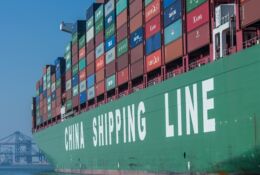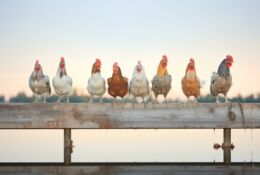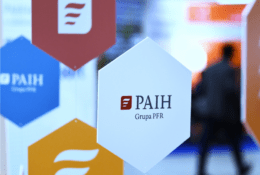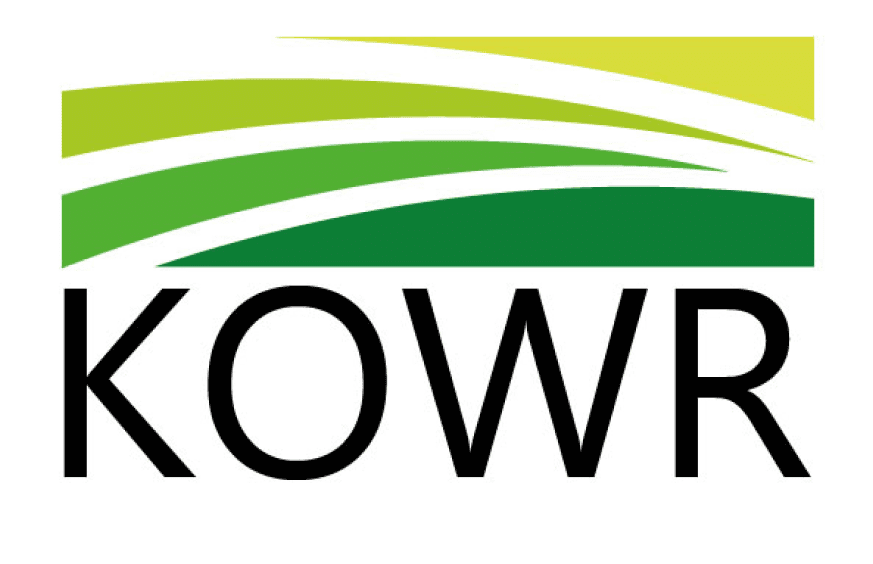12.11.2025
Poland strengthens its position as a leader in pumpkin production in the EU
Poland is increasingly marking its presence on the European market of pumpkin type vegetables. The dynamic development of crops, growing domestic demand and export potential make Polish producers strengthen their position both in the cultivation and in the processing and export of pumpkin vegetables.
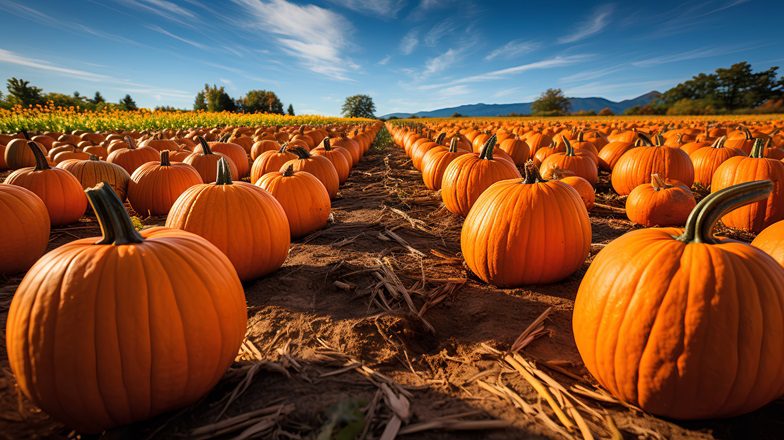
More and more often, Polish pumpkins are reaching European markets – both in the form of fresh and processed products, such as seeds or oil. The growing interest in healthy food and the “plant-based” trend is conducive to the further development of this industry.
Poland is the leader in pumpkin production in the EU
Poland has been the largest producer of pumpkins in the European Union invariably since 2020. In 2024, our country’s share in the EU harvest was 33 percent, or 383,000 tons. Other producers included France (235,000 tonnes, 20% share), Spain (172,000 tonnes, 15%), Germany (114,000 tonnes, 10%) and Portugal (92,000 tonnes, 8%). The top five accounted for 86 percent of total pumpkin production in the EU, according to data from KOWR’s Office of Analysis and Strategy.
In the whole of Europe, the pumpkin harvest in 2024 exceeded 1,200,000 tons, which was an increase of 9 per cent on the previous year.
Dynamic development of domestic crops
Over the last decade, Poland has recorded one of the fastest growth rates in Europe in this crop. The area of cultivation increased from 1,100 hectares in 2014 to 9,300 hectares in 2024, and the harvest increased more than eightfold – from 48,000 tons to 383,000 tons.
The national structure is dominated by two species – the common pumpkin and the giant pumpkin. The National Register of Varieties currently includes about 35 varieties of pumpkins, intended for consumption, industrial, cosmetic and feed applications.
Success factors and competitiveness of Polish producers
Polish pumpkin production is developing thanks to growing consumer demand and favorable growing conditions. This plant does not require high-quality soils or large investments in chemical protection, and at the same time it tolerates storage and transport well, which increases its commercial attractiveness.
More and more farmers decide to grow pumpkin as a supplement to vegetable production or as a raw material for the food industry. Such diversification of the production structure increases the stability of the market and allows for better adaptation to the requirements of foreign customers.
Exports and opportunities for foreign trade development
Despite the large scale of production, the export of fresh pumpkins from Poland is still small – it amounts to about 3-4,000 tons per year,only i.e. 1 per cent of the domestic harvest.
The main export directions are Italy (25 per cent of the volume), Germany (20 per cent), Slovakia (15 per cent) and the Czech Republic (10 per cent). Imports remain at the level of 2-3,000 tons and come mainly from the Netherlands, Germany and Spain.
However, the relatively low level of exports with high production indicates significant potential for development – especially in the segment of processed products. Poland can benefit from the export of pumpkin seeds, oil or vegetable preserves, which are becoming increasingly popular on Western European markets.
Thanks to competitive production costs, high quality raw material and flexibility of Polish producers, the pumpkin industry has a chance to become one of the most promising segments of Polish agri-food exports.
Source: National Centre for Agricultural Support (KOWR), „Polska największym producentem dyni w Unii Europejskiej”, 03.11.2025
Translated by IDC
JL
- Everything
- News (304)
- Events (173)
- Get Support (83)
-

DIGITEX SP. Z O.O. SP. K.
IT and telecommunication equipmentShow allShow more Show lessDigitex is a leading Polish manufacturer of integrated public warning and emergency communication systems. For over 40 years, we have developed advanced technologies for digital alerting, mass warning and notification systems, IP/VPN-based communication and DSE electronic sirens. Our cutting-edge, scalable solutions support public administration, crisis management, civil defence, fire brigades, military and critical infrastructure operators in Poland and in over 20 countries worldwide.

JULIMEX SPÓŁKA Z OGRANICZONĄ ODPOWIEDZIALNOŚCIĄ SPÓŁKA KOMANDYTOWO-AKCYJNA
Fashion and textilesArticles of apparel and clothing accessoriesTextiles, fabrics and articles thereofShow allShow more Show lessJulimex is a leading brand in shapewear and lingerie accessories. Every product is designed and manufactured with great care, attention to detail, and a deep understanding of what women truly need. How do we know their needs? We listen. We stay close to our customers, follow global fashion trends, and continuously evolve to provide solutions that support women in their everyday lives.

BUS-CENTER TOMASZ GAD
Automotive industryShow allShow more Show lessBus-Center is a Polish manufacturer operating since 2002, specializing in premium minibus conversions on Mercedes-Benz Sprinter and Iveco Daily base vehicle. We deliver EU-homologated coach, shuttle, school and VIP configurations, offering high-quality craftsmanship, durability and tailored solutions for transport operators across Europe.
-
 Event
EventSolar Energy Expo 2026
Solar Energy Expo is Poland’s largest renewable energy industry trade fair
 Event
EventPolish Logistics Day
The Embassy of the Republic of Poland in Prague cordially invites you to participate in the “Polish …
-
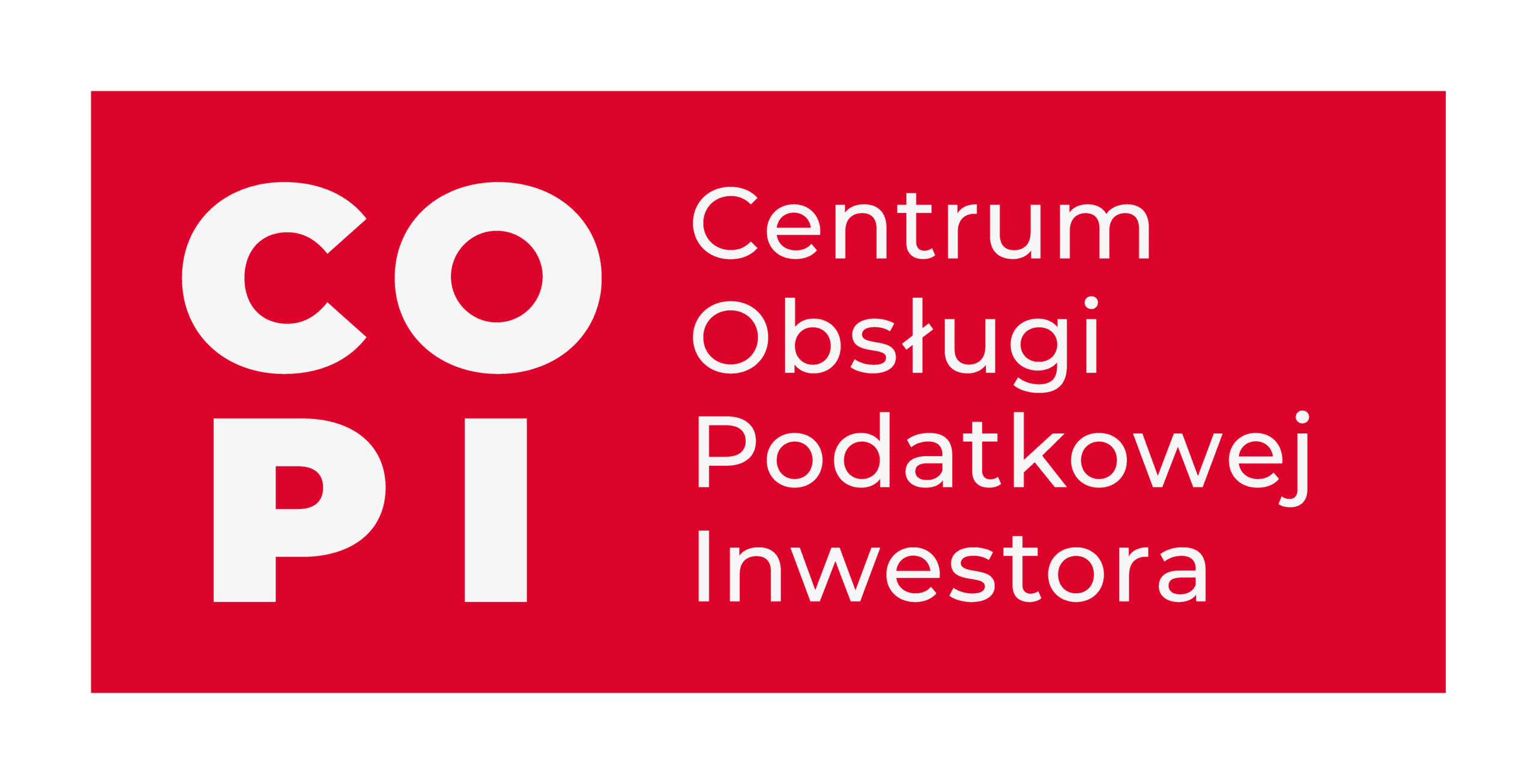 Institution
InstitutionThe Investor Tax Service Center
The Investor Tax Service Center is a unit operating within the Ministry of Finance
 Institution
InstitutionPolish Investment and Trade Agency (PAIH)
The Polish Investment and Trade Agency (PAIH) is the partner of first-resort for entrepreneurs when …
The Export Promotion Portal uses cookies to make it easier for users to use the website and for statistical purposes. If you do not block these files, you agree to their use and saving in the memory of your computer or other device. Remember that you can change your browser settings to block the storage of cookies. More information can be found in Privacy Policy and Terms and conditions.

